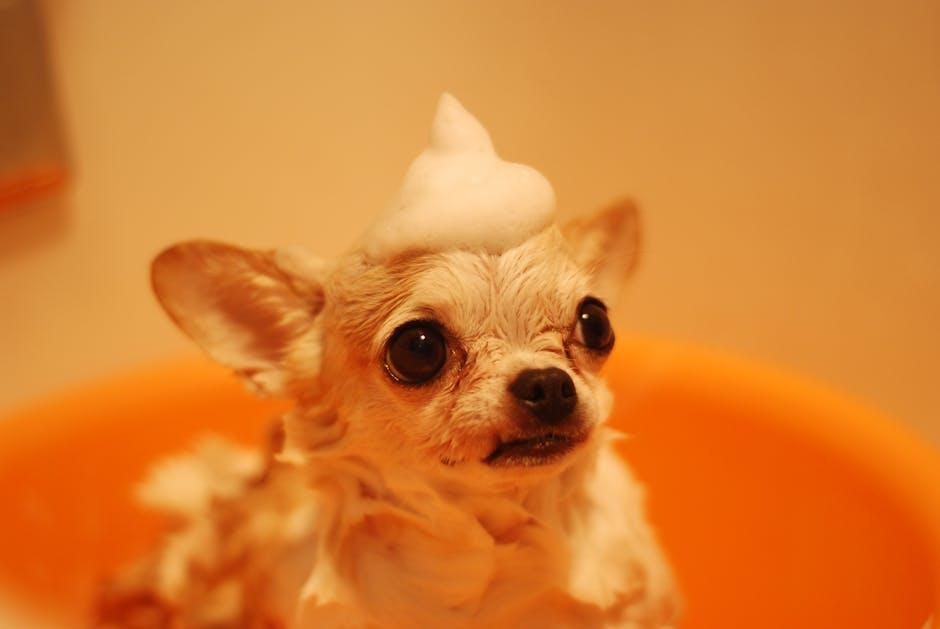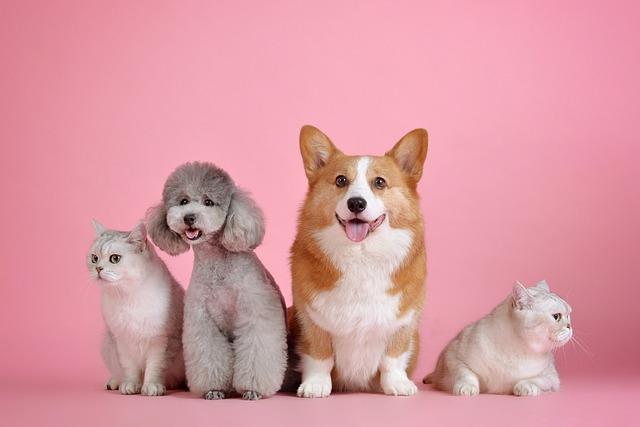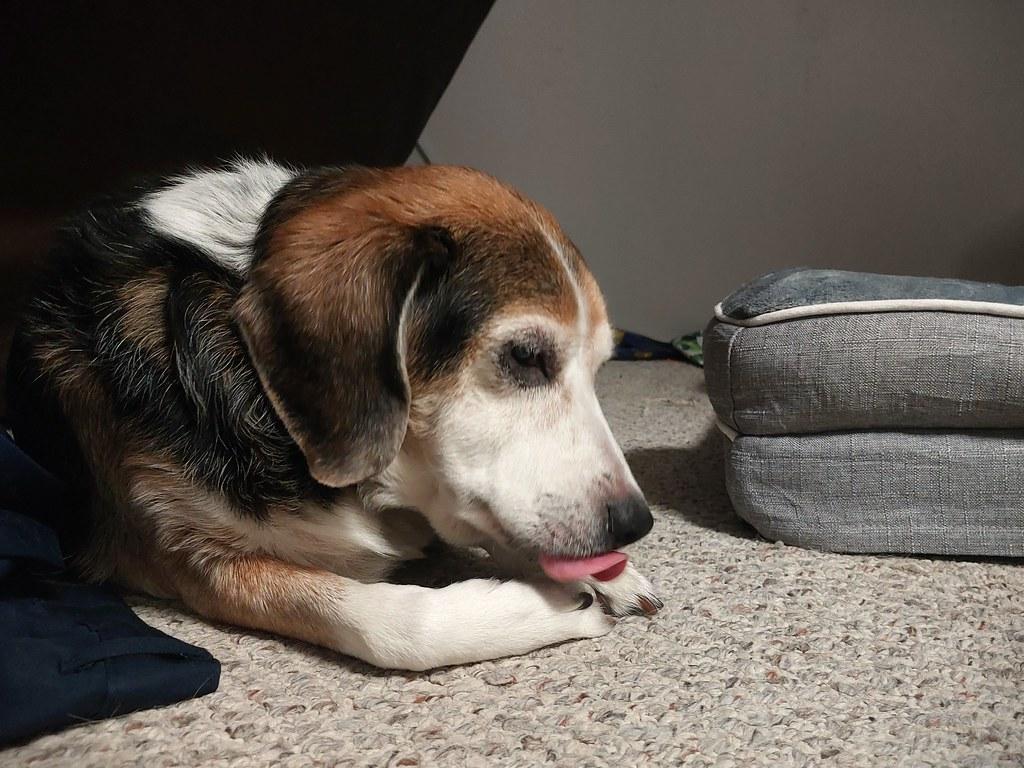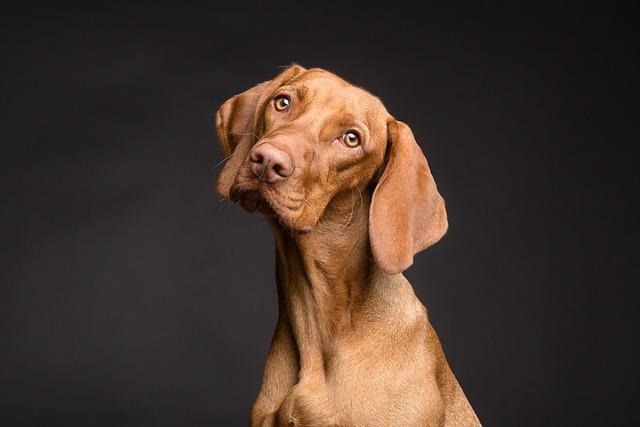When it comes to caring for our canine companions, understanding their grooming needs is as essential as providing them with love and affection. Each dog breed comes with its own unique set of grooming requirements, which can significantly impact their health, happiness, and overall well-being. Whether you’re a seasoned pet owner or a first-time dog parent, navigating the world of dog grooming can be both an enlightening and rewarding experience. In this article, we will delve into the specifics of why certain breeds demand more attention than others and how you can tailor your grooming routine to suit your furry friend’s needs. From luscious locks to short coats, we’ll guide you through the essentials of keeping your dog looking and feeling their best, all while strengthening the bond you share.
Recognizing High-Maintenance Breeds: Identifying Dogs with Intensive Grooming Needs
When it comes to dogs, some breeds demand a little more attention in the grooming department. These high-maintenance pups often have unique coats that require regular care to keep them looking their best and feeling comfortable. Understanding which breeds fall into this category can help potential dog owners prepare for the commitment involved in maintaining their pet’s coat.
Breeds with long, flowing coats such as the Afghan Hound, Shih Tzu, and Maltese are known for their stunning appearance, but they also need frequent brushing to prevent tangles and mats. Dogs with curly or wavy fur, like the Poodle or Bichon Frise, often require regular professional grooming to keep their coat manageable. Additionally, breeds with a double coat, such as the Siberian Husky and Alaskan Malamute, shed heavily and benefit from routine brushing to reduce loose fur and keep their coat healthy.
- Long, flowing coats: Afghan Hound, Shih Tzu, Maltese
- Curly or wavy fur: Poodle, Bichon Frise
- Double coat: Siberian Husky, Alaskan Malamute
These breeds often need more than just a simple brush-through; they might require special shampoos, conditioners, and even specific tools to maintain their coats properly. By understanding the grooming needs of these breeds, owners can ensure their furry friends are not only looking their best but also feeling their best.

Tailored Grooming Routines: Crafting the Perfect Care Plan for Your Dogs Breed
Every dog is unique, and their grooming needs are no exception. Understanding the specific grooming requirements of your dog’s breed is essential in maintaining their health and happiness. Different breeds have different coats, skin sensitivities, and grooming frequencies. For instance, a Poodle’s curly coat demands regular trimming to prevent matting, while a Labrador Retriever may require more frequent baths due to their active nature and shedding patterns.
- Double-Coated Breeds: Dogs like Huskies and Golden Retrievers have dense undercoats that need regular brushing to manage shedding and avoid matting.
- Long-Haired Breeds: Breeds such as Shih Tzus and Afghan Hounds benefit from daily brushing to prevent tangles and keep their coats shiny.
- Short-Haired Breeds: Bulldogs and Boxers have less demanding grooming needs but still require regular baths and nail trims.
Crafting a tailored grooming routine means considering your dog’s specific needs and preferences. By doing so, you not only enhance their appearance but also contribute to their overall well-being. Remember, a well-groomed dog is a happy dog!

Essential Grooming Tools: Must-Have Items for a Happy and Healthy Pet
To keep your furry friend looking sharp and feeling great, having the right grooming tools on hand is essential. While some breeds may require a bit more maintenance than others, the foundation of a good grooming routine remains the same. Here’s a handy list of must-have grooming items that every pet owner should consider:
- Brushes and Combs: Choose a brush that suits your pet’s coat type. For instance, slicker brushes work wonders on long-haired breeds, while bristle brushes are perfect for short-haired dogs.
- Nail Clippers: Regular nail trimming is crucial for your pet’s comfort and mobility. Opt for a high-quality clipper designed specifically for pets to ensure safety and ease.
- Shampoo and Conditioner: Use pet-specific products to maintain a healthy coat and skin. Look for formulas free from harsh chemicals and tailored to your dog’s specific needs.
- Ear Cleaner: Regular ear cleaning helps prevent infections, especially in breeds prone to ear issues. Use a gentle cleaner designed for pets and consult your vet for recommendations.
- Toothbrush and Toothpaste: Dental health is just as important for pets as it is for humans. Use a pet-friendly toothbrush and toothpaste to keep your dog’s teeth clean and gums healthy.
By equipping yourself with these essential tools, you can ensure that your pet stays happy and healthy, no matter the breed. A consistent grooming routine not only enhances their appearance but also strengthens the bond between you and your beloved companion.

Expert Tips for Stress-Free Grooming: Making the Experience Enjoyable for You and Your Dog
Every dog is unique, and understanding your furry friend’s grooming needs is key to a stress-free experience. Knowing your dog’s breed-specific grooming requirements can help you tailor a routine that keeps them looking and feeling their best. Some breeds have a naturally low-maintenance coat, while others demand more frequent attention. For instance, breeds like the Poodle or Bichon Frise, known for their curly coats, require regular brushing to prevent matting. On the other hand, short-haired breeds such as Beagles or Boxers might need less frequent grooming but still benefit from regular baths and nail trims.
To make grooming enjoyable for both you and your dog, consider these expert tips:
- Start Early: Begin grooming sessions when your dog is a puppy to help them get accustomed to the process.
- Use the Right Tools: Invest in quality grooming tools suitable for your dog’s coat type, such as brushes, combs, and clippers.
- Keep Sessions Short: Avoid overwhelming your dog by keeping grooming sessions short and sweet.
- Positive Reinforcement: Reward your dog with treats and praise to create a positive association with grooming.
- Stay Calm: Your dog can sense your energy, so approach grooming with a calm and patient demeanor.
By catering to your dog’s specific grooming needs and incorporating these tips, you can transform grooming time into a bonding experience that both you and your furry companion look forward to.

